With close to 100,000 inhabitants, Viseu has a very positive demographic dynamics, with an increase of about 16,000 inhabitants in the last two decades and a population density well above the country's average values.Viseu is a unique city in the national panorama in terms of capacity and attraction and rationing of people and activities, even in a context of loss and contraction that occurs in the country and, in particular, in the interior.It is in the city centre – its historic centre – that many of the resources and opportunities for viseu's development are found.
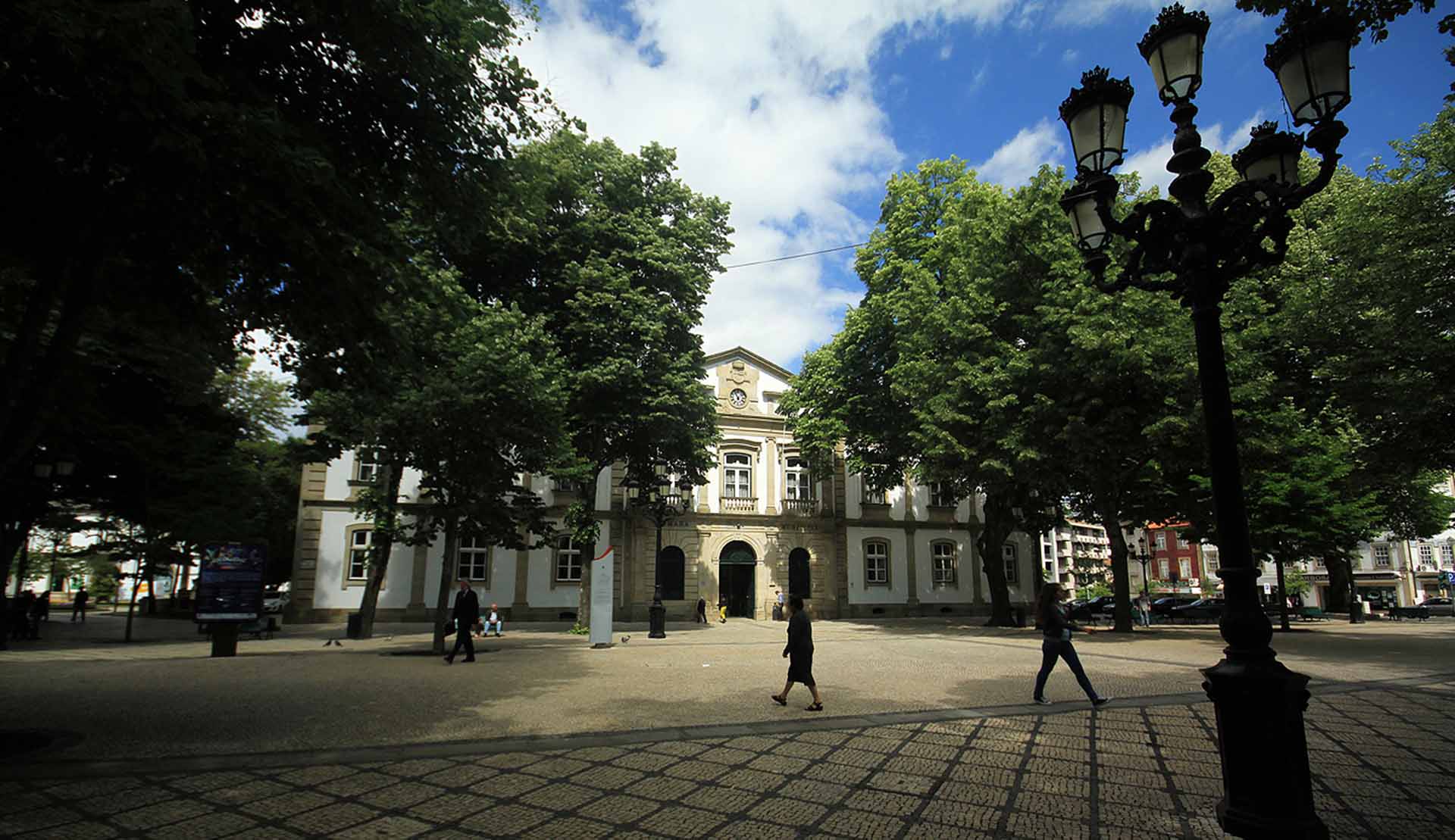
It is here that rests its identity, its unique and distinctive character, a significant part of its cultural and artistic heritage, and many of the activities and events of this nature are developed. It is also in the heart of the city that the potential for tourist attractiveness and creation of new activities related to creativity and innovation is located.
The Republic Square presents itself as the main nucleus of the city. Known as Rossio, this square is distinguished by its administrative and economic valences present in the buildings of the City Hall, Banco de Portugal, and Caixa Geral de Depósitos. In Rossio we also find an allegory to the rural world, represented in a panel of tiles dated 1930, by Joaquim Lopes, where we can not fail to observe the emblematic figure of Capucha.
To visit the Almeida Moreira Museum is to discover the soul of one of the most exciting characters of the twentieth century viseense. Founder and first director of the Grão Vasco Museum, Francisco Almeida Moreira expressed, from an early age, a deep dedication to art and collectionism. This museum, located in Rua do Soar de Cima and in front of the Garden of Mothers, has in its collection a diverse set of pieces, passing through the painting and sculpture of the Modern era.
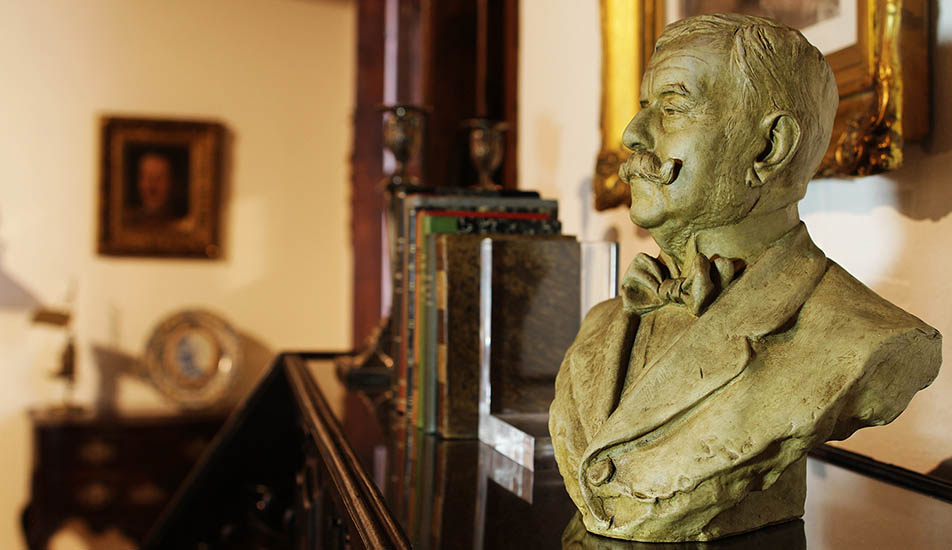
In Largo Major Teles, we find a garden with stunning shades offered by a unique vegetation. With a privileged view over the entire Republic Square, the church of the Third Order of St. Francis has an elegant staircase that allows us to access one of the most beautiful examples of religious architecture of the second half of the eighteenth century. tiles depicting the life of St. Francis and rococo-featured altarbules. Be sure to admire a magnificent 18th-century organ in the high choir.
The Aquilino Ribeiro Park is an inviting space where you can breathe fresh air, have fun, walk and play sports. It's the lung of the city par excellence. Enjoy the explosion of colors, aromas and tranquility transmitted by the moving watercourses. Also be sure to recall Aquilino Ribeiro, one of the exponents of national literature, who gives the park its name. We also highlight the Chapel of Senhora da Vitória, whose building, in the seventeenth century, intended to perpetuate the memory of the Portuguese victory in the fields of Aljubarrota.
At the top of Rua Nunes de Carvalho, viseense personality of the nineteenth century, we find one of the most imposing entrances in the medieval village of Viseu, the Porta do Soar. Majestic structure of the fifteenth century, corresponds to one of the seven doors of the city. The door-to-door can still observe what remains of the imposing wall, whose construction took about 70 years, having only been finished in the reign of Alfonso V, acquiring the name of afonsina wall.
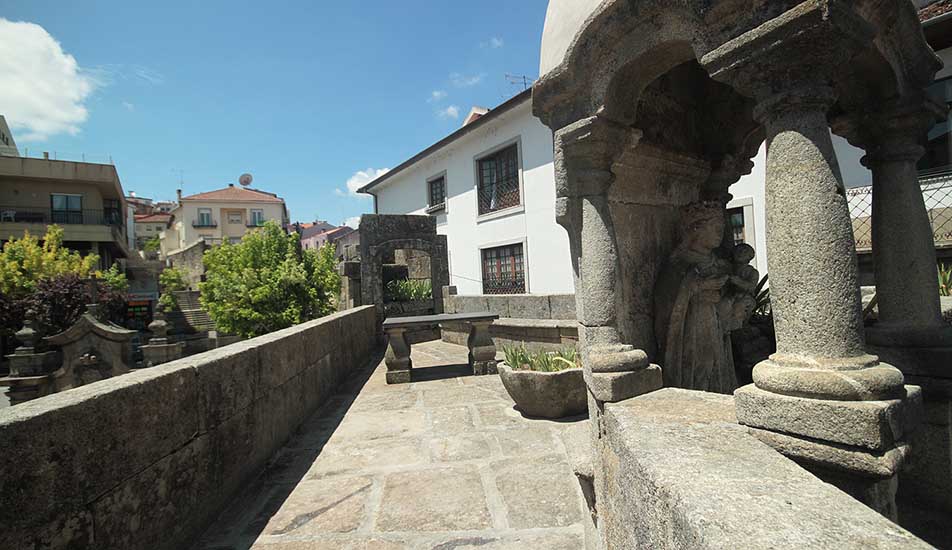
In the vicinity of Porta do Soar, in Largo Pintor Gata, devotion to Our Lady of Remedies was the main cause for the viseense people to build a small chapel with sui generis characteristics. Of an octogonal plant, its construction dates from the first half of the eighteenth century and was sponsored by the alms of the people, as the inscription on the main door reminds us. Its interior is decorated with tiled panels and gilded altarpieces that reflect the religiosity of the people of Viseu.
In one of the highest points of the city we find the Cathedral of Santa Maria de Viseu. Inside we can observe the first Renaissance cloister of Portugal and a "dome of us" of the sixteenth century, as well as the reliquary arm of St. Theotónio, first holy Portuguese. On the upper floor, in the old Chapter Hall, we find the Museum dedicated to the Cathedral Treasure, whose collection depicts the more than 900 years of the cathedral and the Walk of the Canons, a loggia that offers one of the most beautiful views of the city.
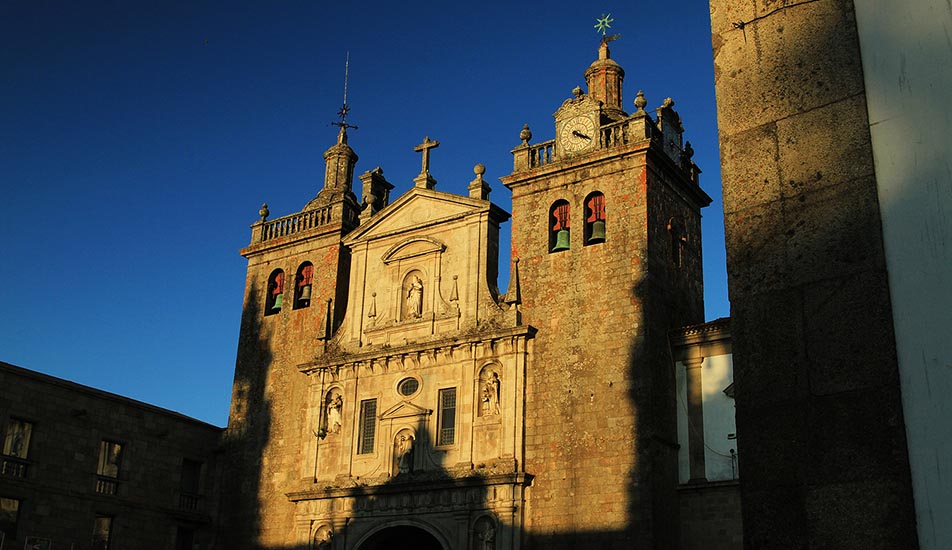
Next to the See of Viseu it is possible to vsitar the Grand Vasco National Museum, in an allegory to the master of Portuguese painting, who lived and died in the city of Viseu. Here you can see some of the masterpieces of Portuguese Renaissance painting, such as the altarpiece of the Cathedral of Santa Maria de Viseu or the painting of St. Peter, by Vasco Fernandes or Grão Vasco. The museum's collection also has a significant set of pieces representing Portuguese art and painting, some of them classified as "National Treasure".
Crowning the Cathedral Church comes to us the imposing church of Mercy, in whose interior can be discovered a pipe organ of the second half of the eighteenth century and an oil-painted canvas by "Pintor Gata", a 19th-century Viseene artist, representing Our Lady of Mercy. This building also houses a museum nucleus with a collection composed of more than a hundred objects that makes known the history and figures that over centuries have given rise to one of the oldest institutions in the country.
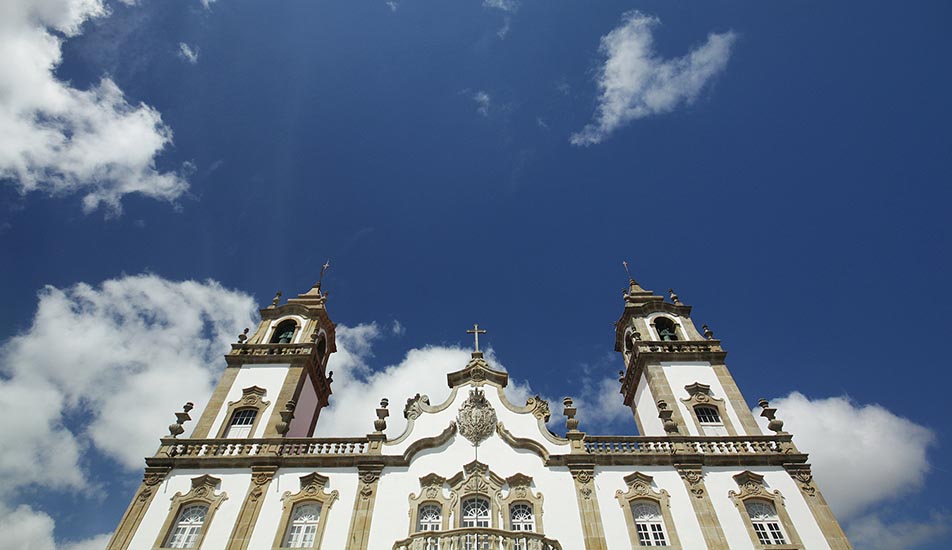
In Largo António José Pereira we can find the Cathedral of Santa Maria de Viseu, which symbolizes the only vestige of civil architecture of the Renaissance period in the city of Viseu. Crossing a portal bordered by Ionic pilasters you can also know one of the most curious archaeological collections: the Archaeological Collection Dr. José Coelho, which makes known the oldest archaeological remains of the city and the municipality of Viseu. You can also wander through the gardens of Casa do Miradouro and see the imposing milestones of Roman times or observe the Manueline windows of Largo António José Pereira.
The Plaza D. Duarte is, together with the Adro da Sé, one of the oldest and most important squares in the city of Viseu. Baptized with the name of D. Duarte, king Portuguese born in Viseu, had, over time, several nomenclatures such as: Rossio do Concelho, Largo do Mercado or Largo de Camões. Against the backdrop of the majestic Passeio dos Canonos take the opportunity to have a coffee on the numerous terraces that punctuate the square, admire the estatua de El-Rei D. Duarte, the Eloquent, or the frescoes of the house of Almeida e Silva.
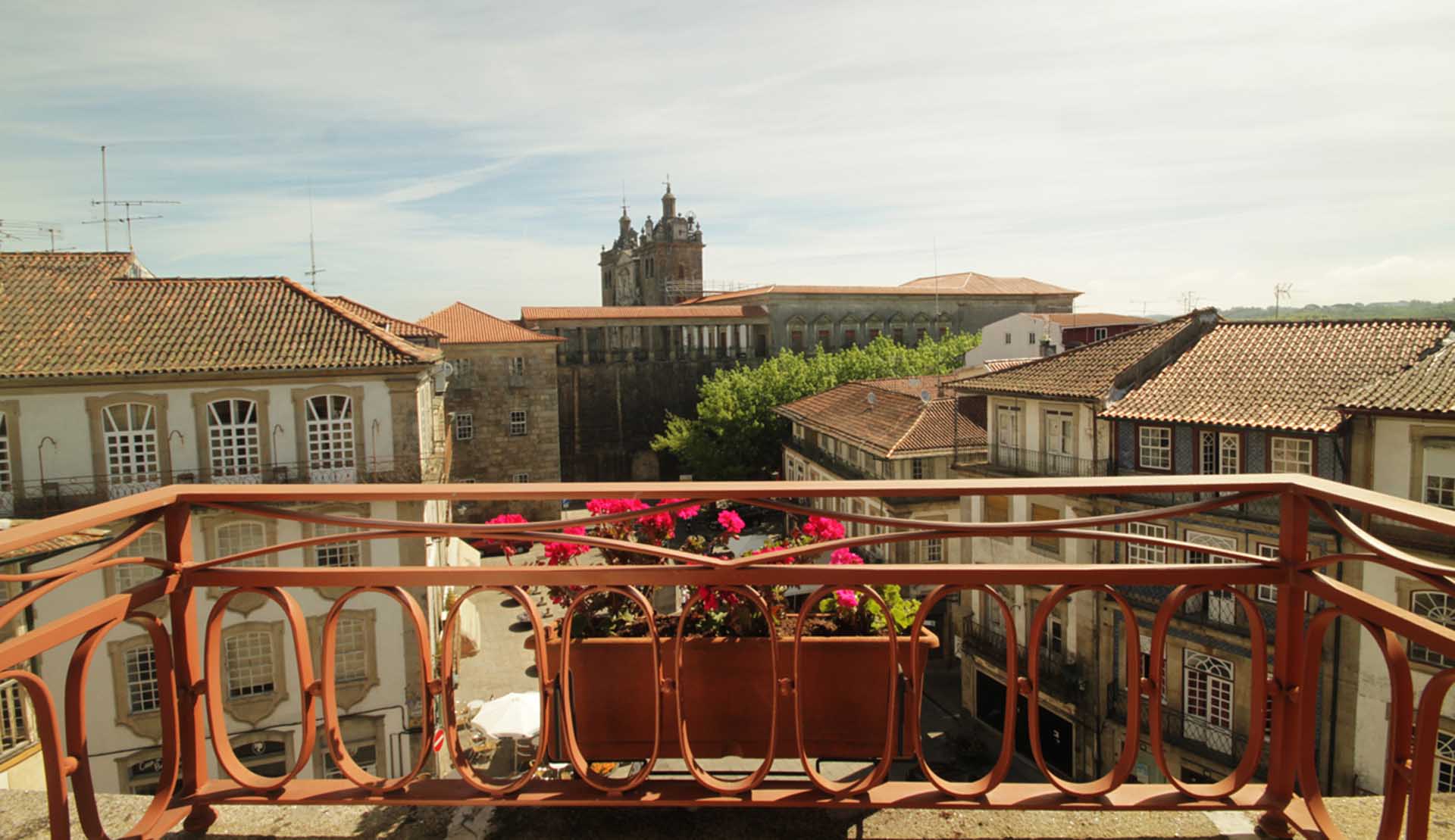
To walk along Rua Augusto Hilário is to go back in time and walk through one of the alleys of the medieval village of Viseu. With 100 meters long, this street connects The Square D. Duarte to Rua Direita and allows you to discover houses, Manueline windows and the house where Augusto Hilário was born, fado singer of the nineteenth century and one of the main references of The Fado of Coimbra.
Rua Direita is the main commercial artery of the city of Viseu. About 500m long, it was 2000 years ago, in the Roman period, the main road axis of the Roman city, the Cardus Maximus. In medieval times it was designated as The Street of The Tents, because it is, as today, the main shopping street of the medieval village. In the fifteenth century sees its name changed to Rua Direita, because it directly connected two of the city's doors, the extinct door of St. Joseph and the Porta dos Cavaleiros. Along the entire street are visible houses, manor houses, Manueline windows and numerous commercial shops, making with today one could feel the soul and spirit of the people who gave it life throughalmost two thousand years of history.
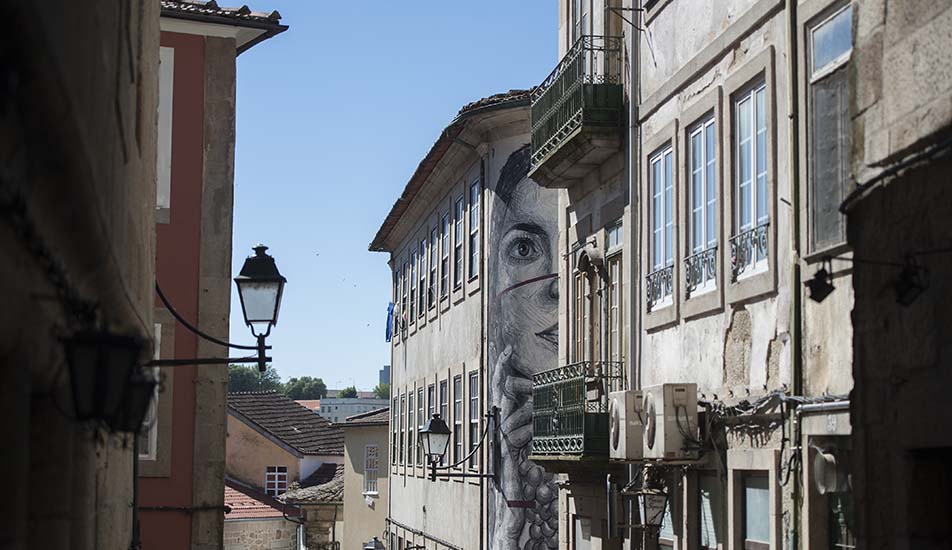
Situated in Largo de Santa Cristina, the Baroque church of the Third Order of Carmo seems to us at first sight a sober temple dominated only by the elegance and verticality of the bell towers. However, it is inside the church that we find a true manifesto to Baroque art: a magnificent ceiling in perspective that combined with the gilded carving of the altarbules and panels that line the walls of the temple, contribute to this church being classified as a total work of art.
On Formosa Street we find one of the most emblematic traces of the Roman presence in the city of Viseu. Under a glass that arouses the curiosity of those who pass, it is possible to discover a fragment of what would be an imposing wall built around the year 360. The Roman wall that surrounded the city had at least 4 doors and was 4m wide and 9m high and a series of semicircular turrets. The fortification was built at a time when the city, an important capital civitas during Roman times, began to feel the pressure of barbarian invasions coming from central Europe.
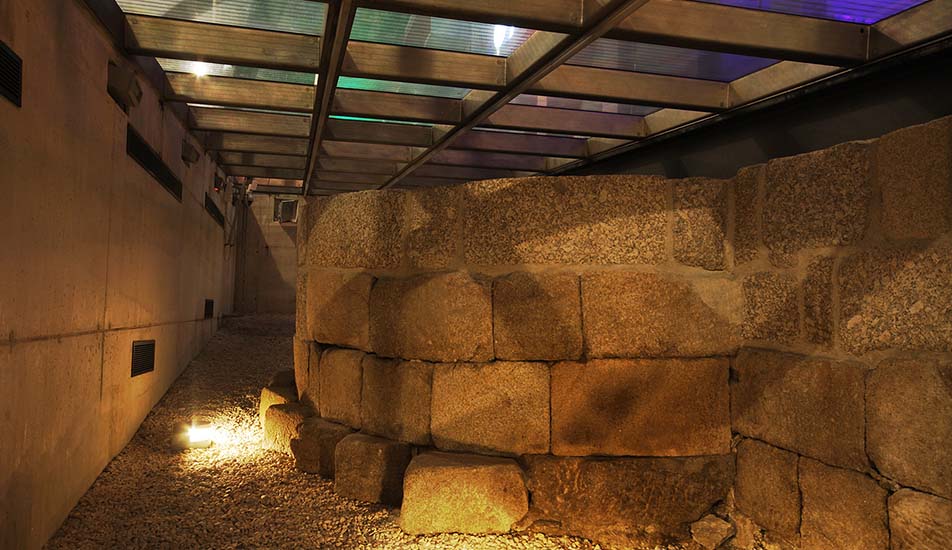
Formosa Street is the noblest street in the city of Viseu. Old Street Dª Maria Pia, came to give the city a more modern, commercial and cosmopolitan feature. Stroll along this and enjoy to eat a Viriato on one of the terraces of the old Mercado 2 de Maio, a space that until 1993 was the place par excellence of the viseense trade.
In Rua dos Andrades was built one of the most beautiful examples of the sunny architecture of Viseu. Attached to the property is a chapel dedicated to St. Anthony. Inside you can enjoy the splendor of the Baroque, characterized by perspective paintings, tile panels and vibrant golden carvings.
But Viseu is not just built material heritage. It is also a city-vineyard and garden city. Full of green spaces where you can relax, stroll and enjoy family moments, and farms that contribute to the economy based on Dão wine, typical of the region, is a municipality with much more to discover and offer.
With regard to local gastronomy, the "ex-libris" is the stylish ranch of Viseu, but there are also dishes such as the roasted kid in the style of Lafões and the rice of carqueija.
In an evolving city, all the services necessary for the well-being of its population , as well as quality access to the rest of the country, could not be lacking.
With a huge story to tell, the land of Viriato is waiting to be discovered and lived. Enjoy the tourist itineraries, or simply a walk through the rich old town and let yourself be carried away by the legends that make Viseu the best city to live and visit.
Source: Viseu Town Hall